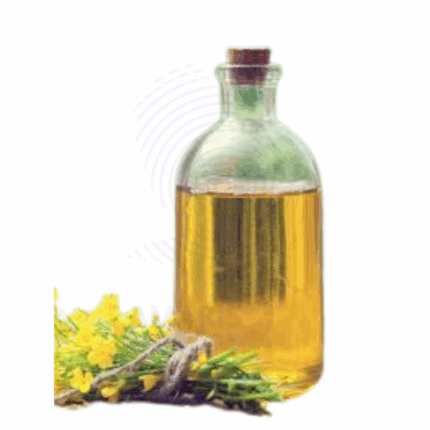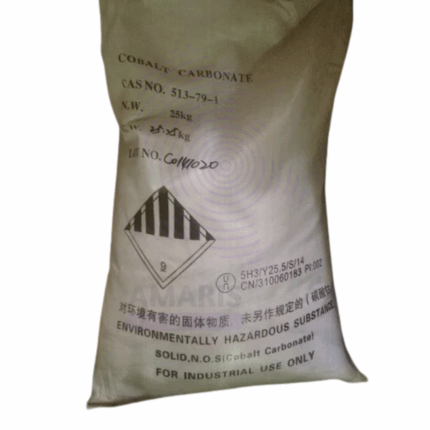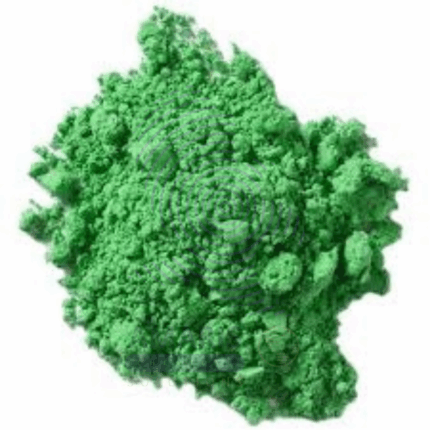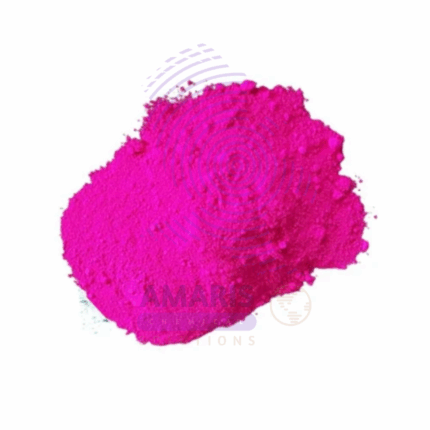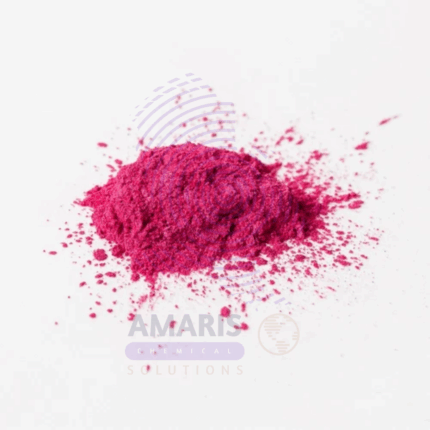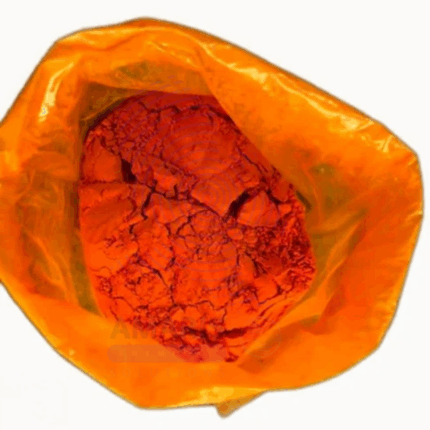Phytaloc Yamine green
Whatsapp Order
Product Description
Phytaloc Yamine Green is a specialized green-colored amine-based chemical used primarily as a corrosion inhibitor and pH stabilizer in various industrial and water treatment applications. It offers excellent protection against metal corrosion and scale formation in cooling systems, boilers, and pipelines. This product is formulated for easy handling and compatibility with diverse chemical environments, making it a versatile additive in process industries.
Description
Table of Contents
Toggle
Uses
Primary Uses
- Water Treatment
- Acts as a corrosion inhibitor in cooling water systems to protect metals such as steel and copper alloys.
- Prevents scale formation and fouling in boilers and heat exchangers.
- Maintains pH balance to optimize water chemistry for industrial processes.
- Metal Processing
- Used in metalworking fluids and cutting oils to reduce corrosion on metal surfaces during machining and fabrication.
- Chemical Industry
- Serves as a neutralizing amine in various chemical formulations to control acidity and protect equipment.
- Oil & Gas
- Applied in oilfield water systems and pipelines to inhibit corrosion and prolong equipment life.
Secondary Uses
- Agriculture
- Used in certain agrochemical formulations to stabilize pH and enhance product efficacy.
- Cooling Towers
- Enhances the performance of biocides and scale inhibitors by maintaining optimal water chemistry.
- Cleaning Formulations
- Incorporated into specialty cleaners where corrosion inhibition is required.
KEY PRODUCT FEATURES
Key Attributes
Basic Identification Attributes
- Chemical Name (IUPAC): Amines (specific formulation proprietary)
- Common/Trade Name: Phytaloc Yamine Green
- CAS Number: Proprietary mixture
- HS Code: 2921.90.00 (Amines, other)
- Synonyms: Corrosion inhibitor amine, green amine
Physical & Chemical Properties
- Physical State: Liquid
- Color & Odor: Green color; amine-like odor
- pH: Typically alkaline (9–11)
- Density: Approx. 1.0 – 1.1 g/cm³
- Solubility: Miscible with water and organic solvents
Safety & Hazard Attributes
- GHS Classification: Corrosive and irritant to skin and eyes
- Toxicity: Moderate toxicity; avoid ingestion and inhalation
- Exposure Limits: Follow industrial hygiene standards
Storage & Handling Attributes
- Storage Conditions: Store in tightly sealed containers, away from acids and oxidizers
- Container Type: Plastic or metal drums, bulk containers
- Shelf Life: 12 months under proper storage
- Handling Precautions: Use protective gloves and goggles; ensure adequate ventilation
Regulatory & Compliance Attributes
- Complies with industrial chemical standards for corrosion inhibitors
- Registered under relevant chemical safety regulations
Environmental & Health Impact
- Biodegradability: Moderate biodegradability depending on formulation
- Ecotoxicity: Potential aquatic toxicity; handle waste responsibly
- Bioaccumulation: Low risk
SAFETY HANDLING PRECAUTIONS
Safety Handling Precautions
- PPE Required: Gloves, safety goggles, protective clothing recommended
- Handling Guidelines: Avoid skin and eye contact; use in well-ventilated areas
- Storage Measures: Keep containers tightly closed and stored separately from incompatible substances
First Aid Measures
- Inhalation: Move to fresh air; seek medical attention if symptoms develop
- Skin Contact: Wash with soap and water; remove contaminated clothing; seek medical help if irritation persists
- Eye Contact: Rinse eyes with water for at least 15 minutes; seek medical attention immediately
- Ingestion: Rinse mouth; do not induce vomiting; seek urgent medical advice
Firefighting Measures
- Fire Hazards: Combustible; emits toxic fumes when heated
- Extinguishing Media: Use foam, dry chemical, or CO₂ extinguishers
- Special Precautions: Wear full protective gear and self-contained breathing apparatus
- Hazardous Combustion Products: Nitrogen oxides, carbon oxides, and other toxic gases
Related products
Cobalt Carbonate
Cobalt Carbonate is a rose-red to purplish powder with a metal content of approximately 46% cobalt by weight. It is an inorganic compound primarily used as a source of cobalt, either as a raw material in chemical synthesis or as a micronutrient in various formulations. It is slightly soluble in water and decomposes upon heating, releasing carbon dioxide and leaving cobalt oxide (CoO). Cobalt Carbonate is used in ceramics, catalysts, animal nutrition, batteries, and metal surface treatments. Its controlled release of cobalt makes it useful in both industrial and biological applications.
Green Pigment
Green Pigment is a concentrated dispersion of green pigment particles in a suitable carrier, designed for use in a variety of industrial and commercial applications. Known for its vivid green color and excellent stability, this pigment offers good resistance to heat, light, and chemicals. It is widely employed in plastics, coatings, inks, and other manufacturing processes where vibrant, durable green coloration is required.
Masterbatch White PEW60
Masterbatch White PEW60 is a high-quality white pigment masterbatch designed for incorporation into polyethylene (PE) and other polyolefin resins. Containing 60% titanium dioxide (TiO₂) pigment, it provides excellent whiteness, opacity, and brightness to plastic products. PEW60 improves aesthetic appeal and surface finish while maintaining the mechanical properties of the base resin. It is widely used in film extrusion, injection molding, blow molding, and other plastic manufacturing processes to produce a consistent, bright white color.
Pink Dye
Pink Dye is a synthetic dye formulation offering a vibrant pink coloration with a 6% dye concentration. It exhibits excellent affinity for protein fibers such as wool, silk, and nylon, providing bright and consistent pink hues. The dye is water-soluble under acidic conditions and is commonly used in textile dyeing, leather processing, and specialty applications requiring durable and vivid pink color. It also demonstrates good fastness to washing, light, and perspiration.
Raspberry Red Pigment
Raspberry Red Pigment is a concentrated dispersion of synthetic red pigment particles formulated to deliver a rich raspberry-red color. It offers excellent lightfastness, heat stability, and chemical inertness, making it ideal for applications in paints, coatings, plastics, inks, and specialty industrial uses. This pigment ensures consistent color strength and durability across various substrates and manufacturing processes.
Red Oxide 222FM
Red Oxide 222FM is a finely milled, high-purity synthetic iron oxide pigment known for its deep red color, chemical stability, and excellent opacity. It is widely used in industrial coatings, primers, construction materials, plastics, ceramics, and art supplies. This pigment provides excellent UV resistance, weather durability, and anticorrosive properties, making it ideal for long-lasting coloration in both interior and exterior applications. Red Oxide 222FM is compatible with solvent-based and waterborne systems and offers good dispersibility in various formulations.
Satin Black
Satin Black is a premium black pigment or coating product designed to provide a smooth, satin finish with moderate gloss and a soft sheen. It is widely used in paints, coatings, plastics, and inks to impart a deep black color with a balanced, non-reflective surface appearance. Satin Black offers good opacity, durability, and resistance to environmental factors, making it ideal for decorative and functional applications requiring an elegant, subdued black finish.
Waxol Solvent Yellow 2
Waxol Solvent Yellow 2 is a synthetic solvent dye known for its bright yellow hue and excellent solubility in organic solvents such as oils, waxes, hydrocarbons, and plasticizers. It provides consistent and vibrant yellow coloration in solvent-based systems, making it suitable for use in plastics, inks, coatings, and lubricants. The dye offers good chemical resistance and lightfastness, ensuring durability and stability of color in industrial and decorative applications. Waxol Solvent Yellow 2 is widely used where water-soluble dyes are unsuitable, providing high tinting strength and compatibility with various non-polar substrates.


 Preservatives(food)
Preservatives(food) Flavor Enhancers
Flavor Enhancers Acidulants
Acidulants Sweeteners
Sweeteners Antioxidants
Antioxidants Colorants(food)
Colorants(food) Nutraceutical Ingredients (food)
Nutraceutical Ingredients (food) Nutrient Supplements
Nutrient Supplements Emulsifiers
Emulsifiers
 Collectors
Collectors Dust Suppressants
Dust Suppressants Explosives and Blasting Agents
Explosives and Blasting Agents Flocculants and Coagulants
Flocculants and Coagulants Frothers
Frothers Leaching Agents
Leaching Agents pH Modifiers
pH Modifiers Precious Metal Extraction Agents
Precious Metal Extraction Agents
 Antioxidants(plastic)
Antioxidants(plastic) Colorants (Pigments, Dyes)
Colorants (Pigments, Dyes) Fillers and Reinforcements
Fillers and Reinforcements Flame Retardants
Flame Retardants Monomers
Monomers Plasticizers
Plasticizers Polymerization Initiators
Polymerization Initiators Stabilizers (UV, Heat)
Stabilizers (UV, Heat)
 Antifoaming Agents
Antifoaming Agents Chelating Agents
Chelating Agents Coagulants and Flocculants
Coagulants and Flocculants Corrosion Inhibitors
Corrosion Inhibitors Disinfectants and Biocides
Disinfectants and Biocides Oxidizing Agents
Oxidizing Agents pH Adjusters
pH Adjusters Scale Inhibitors( water)
Scale Inhibitors( water)
 Antioxidants(cosmetic)
Antioxidants(cosmetic) Emollients
Emollients Fragrances and Essential Oils
Fragrances and Essential Oils Humectants
Humectants Preservatives
Preservatives Surfactants(cosmetic)
Surfactants(cosmetic) Thickeners
Thickeners UV Filters
UV Filters
 Fertilizers
Fertilizers Soil Conditioners
Soil Conditioners Plant Growth Regulators
Plant Growth Regulators Animal Feed Additives
Animal Feed Additives Biostimulants
Biostimulants Pesticides (Herbicides, Insecticides, Fungicides)
Pesticides (Herbicides, Insecticides, Fungicides)
 Active Pharmaceutical Ingredients (APIs)
Active Pharmaceutical Ingredients (APIs) Excipients
Excipients Solvents(pharmaceutical)
Solvents(pharmaceutical) Antibiotics
Antibiotics Antiseptics and Disinfectants
Antiseptics and Disinfectants Vaccine Adjuvants
Vaccine Adjuvants Nutraceutical Ingredients (pharmaceutical)
Nutraceutical Ingredients (pharmaceutical) Analgesics & Antipyretics
Analgesics & Antipyretics
 Analytical Reagents
Analytical Reagents Solvents(lab)
Solvents(lab) Chromatography Chemicals
Chromatography Chemicals Spectroscopy Reagents
Spectroscopy Reagents microbiology-and-cell-culture-reagents
microbiology-and-cell-culture-reagents Molecular Biology Reagents
Molecular Biology Reagents Biochemical Reagents
Biochemical Reagents Inorganic and Organic Standards
Inorganic and Organic Standards Laboratory Safety Chemicals
Laboratory Safety Chemicals Specialty Laboratory Chemicals(Special Laboratory Equipment)
Specialty Laboratory Chemicals(Special Laboratory Equipment)
 Demulsifiers
Demulsifiers Hydraulic Fracturing Fluids
Hydraulic Fracturing Fluids Scale Inhibitors(oil)
Scale Inhibitors(oil) Surfactants(oil)
Surfactants(oil) Drilling Fluids
Drilling Fluids
 Dyes and Pigments
Dyes and Pigments Bleaching Agents
Bleaching Agents Softening Agents
Softening Agents Finishing Agents
Finishing Agents Antistatic Agents
Antistatic Agents
 Admixtures
Admixtures Waterproofing Agents
Waterproofing Agents Sealants and Adhesives
Sealants and Adhesives Curing Compounds
Curing Compounds Concrete Repair Chemicals
Concrete Repair Chemicals Anti-Corrosion Coatings
Anti-Corrosion Coatings
 Surfactants(cleaning)
Surfactants(cleaning) Builders
Builders Enzymes
Enzymes Solvents (Cleaning)
Solvents (Cleaning) Fragrances
Fragrances
 Electronic Chemicals
Electronic Chemicals Catalysts
Catalysts Lubricants
Lubricants Photographic Chemicals
Photographic Chemicals Refrigerants
Refrigerants Automotive chemicals
Automotive chemicals Pyrotechnic Chemicals
Pyrotechnic Chemicals
 Biodegradable Surfactants
Biodegradable Surfactants Bio-based Solvents
Bio-based Solvents Renewable Polymers
Renewable Polymers Carbon Capture Chemicals
Carbon Capture Chemicals Wastewater Treatment Chemicals
Wastewater Treatment Chemicals
 Pigments
Pigments Solvents(paint)
Solvents(paint) Specialty Coatings
Specialty Coatings Binders/Resins
Binders/Resins Additives
Additives Driers
Driers Anti-Corrosion Agents
Anti-Corrosion Agents Functional Coatings
Functional Coatings Application-Specific Coatings
Application-Specific Coatings
 Fresh Herbs
Fresh Herbs Ground Spices
Ground Spices Whole Spices
Whole Spices Spice Blends
Spice Blends Dried Herbs
Dried Herbs
 Leavening Agents
Leavening Agents Dough Conditioners
Dough Conditioners Flour Treatments
Flour Treatments Fat Replacers
Fat Replacers Decoratives
Decoratives Preservatives(baking)
Preservatives(baking)
 Plasticizers & Softeners
Plasticizers & Softeners Reinforcing Agents
Reinforcing Agents Adhesion Promoters
Adhesion Promoters Vulcanizing Agents
Vulcanizing Agents Antidegradants
Antidegradants Blowing Agents
Blowing Agents Fillers & Extenders
Fillers & Extenders Accelerators & Retarders
Accelerators & Retarders

